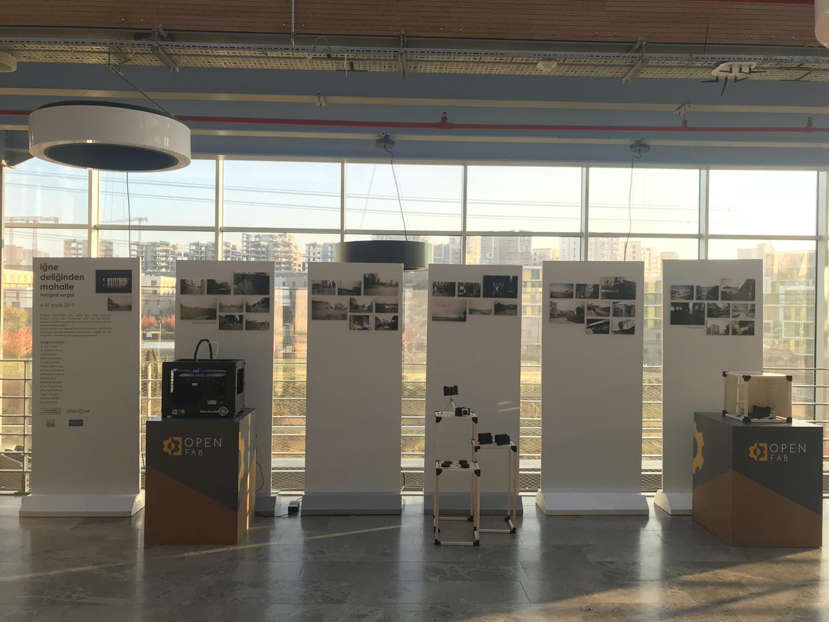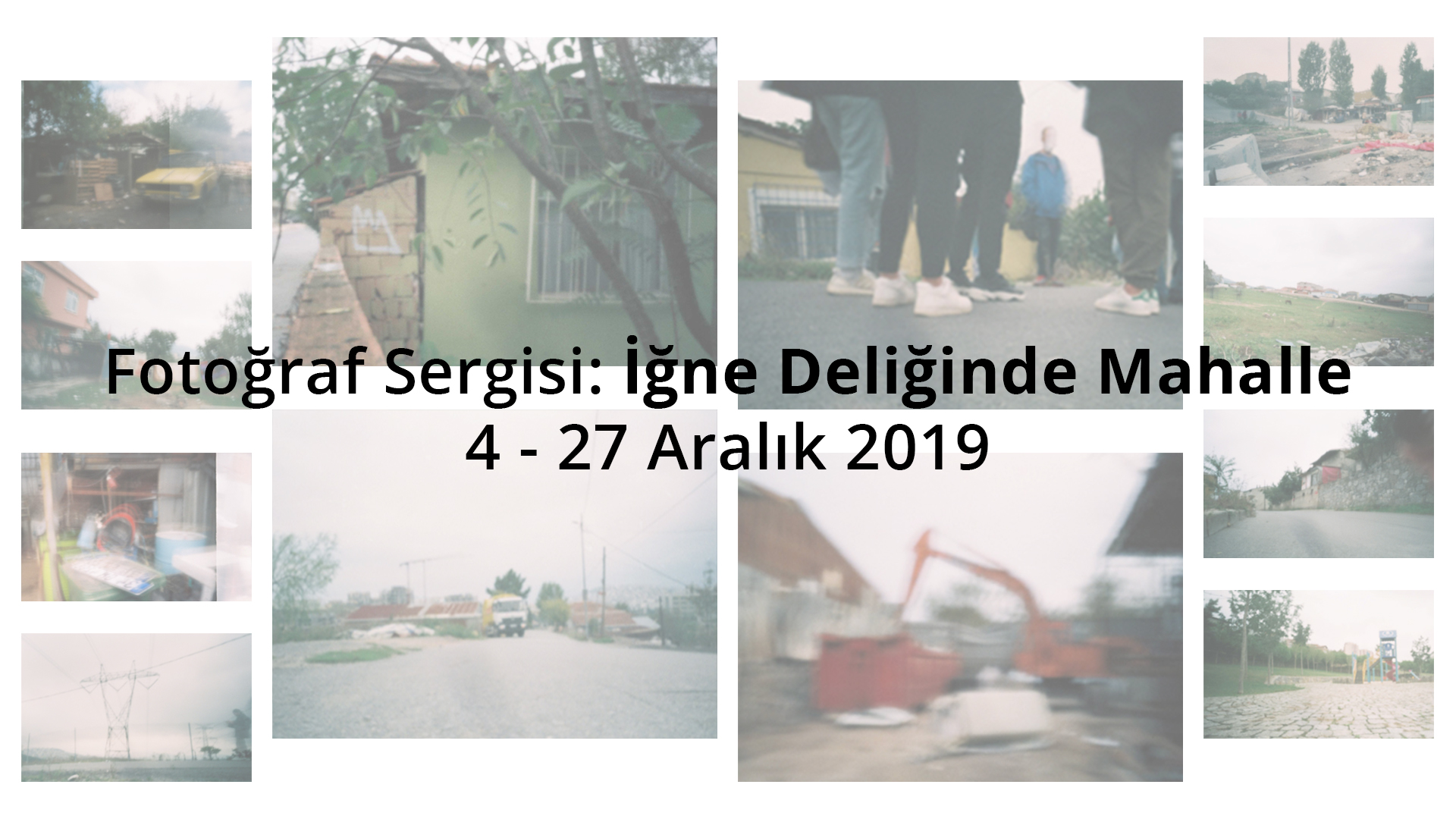
Photography Exhibition Neighborhood in the Pinhole
Gülbahar Coşkun, Team Manager at OpenFab, answered the most frequently asked questions during the preparation phase of the Neighborhood in the Pinhole Photography Exhibition, organized jointly by Openfab and the Sustainable Development Platform. Please click here to visit the online exhibition.
What is a pinhole camera?
Gülbahar Coşkun: Pinhole cameras, which are considered the ancestors of the modern camera, are dark boxes with a pinhole to let the light in and a film that captures the image. They enable the photographer to be more involved in the process compared to modern photoshoots, take more experimental shots, and be a part of an exciting waiting process.


How did the idea of creating a pinhole camera and taking pictures with it emerge?
G.C. : I met the pinhole camera for the first time at a workshop a long time ago, and I have used it from time to time ever since. One day, while we were browsing through open sources for our educational materials, we found a pinhole camera model which can be produced using 3D printers. We printed the model using the 3D printers in our workshop, and discovered some errors and shortcomings in the original design. We started working on a new pinhole camera design with my teammate Ahmet Alp Çakıcı. After we successfully printed our model, we started our trials. Many of our students and faculty also contributed to this process. We decided to share this camera, the result of our collective efforts, with everyone and take photos with it on campus.
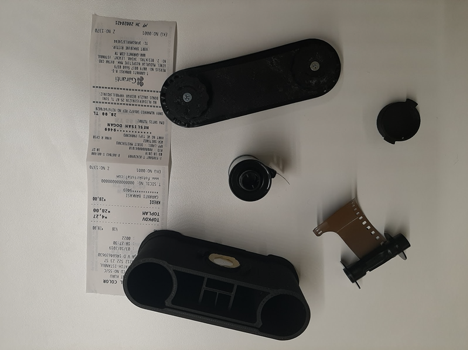
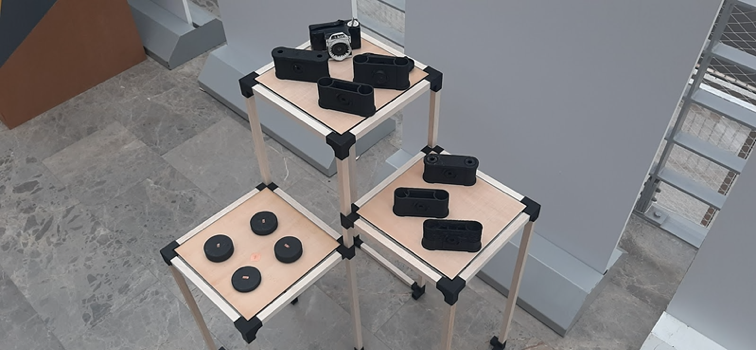
Could you please share with us any challenging, interesting, or enjoyable memories from this period?
G.C. : After the design of the camera, the hardest part for us was material selection due to the size of the pinhole to be opened on the camera. The most enjoyable moment was when we shared the photos taken by our photographers with everyone at our exhibition and explained visitors that all those photographs were actually taken by this small dark box. One of our students picked up the camera and asked: “In which hole should I look?”. However, the pinhole camera has only one hole which lets the light in.
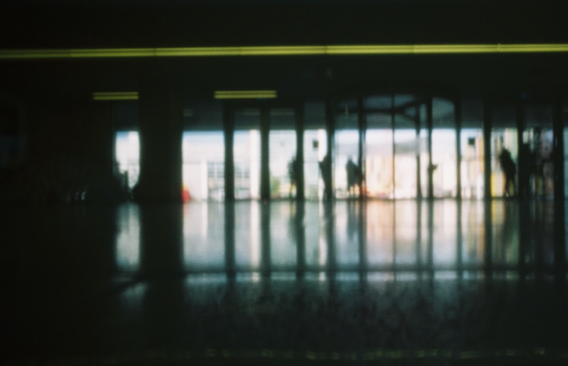
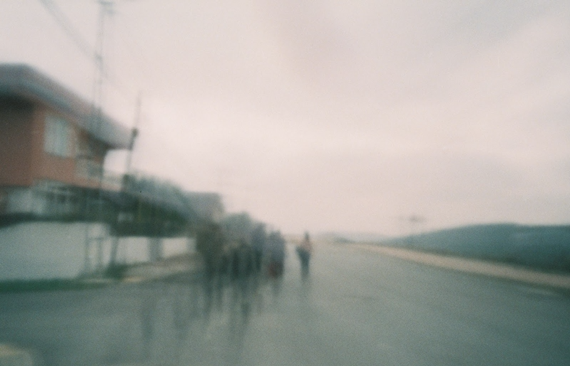
Did photography and the pinhole camera open new doors during this process / the Approach project? If yes, how?
G.C. : During the whole production and trial process, we met others who also wanted to produce or take photos with a pinhole camera. We garnered a great deal of interest. At first, we asked the members of the OzU family, -students, faculty, and staff-, to shoot the campus from their points of view, using the camera. During each shoot, light adjustment and calculation of the exposure time were entirely in the hands of the photographers. They were done manually. The limited number of photo shoots forced us to think before taking each shot, look at the same frame over and over again to make sure enough light goes in, and then wrap the film with utmost care and wait with great excitement. Each roll of film is shot by multiple photographers, and we all sat down and evaluated our photographs. It created ample opportunities for photographers to talk with each other and learn more about exposure, clarity, or different effects.
As far as I understand, initially when you first started this project, you were just planning to prepare an exhibition with the photos taken on campus. How did your path cross with the 'Approach' project?
G.C. : While we were doing all these tests and trials, we heard about the Approach project, which is intended to take a different look at the neighborhood in which the campus is located and to stop and stroll through it with a new sense of understanding. We were in a close contact with the "Sustainability Platform”, the organizer of the project. During our mutual exchanges, we learned about each other’s ongoing work and joined forces. We wanted to take a look at the whole neighborhood from that pinhole that was tiny but gave us a focus. During our trips to the neighborhood, those who were interested took shots with the pinhole camera. That’s how the members of the OzU family looked both inside and outside of the campus through a pinhole.
The pinhole was instrumental in moving the Approach project beyond the topics addressed, noted down, and discussed, and putting it into writing, with well-documented memories, the reflections of different perspectives, and captures with different effects.
Why did we choose the pinhole method instead of a classic photo exhibition?
G.C. : Regardless of how modern, innovative, and rich is Çekmeköy campus within its boundaries, when we take a step back, we see that it has also another side, one that is seriously detached, isolated from the neighborhood. Especially, if you are leaving the isolated, sheltered premises to create something new, first you have to destroy some things. We can see this attempt as going beyond the conventional shooting methods, or going out of our campus and our own patterns. It is important to look at the unknown with excitement, not with fear. Often times, tools are our best aids to break and understand this fear. In that sense, pinhole cameras were just as unknown to those who tried it as the neighborhood. Just as we did not plan to take any beautiful captures, never did it occur to us that we would return from the neighborhood with such an awareness.
What did we notice that we wouldn't have noticed if we had taken a classic approach?
G.C. : If you walked around the neighborhood with a digital camera, you could have more photos and videos than you do now. I cannot help but wonder to what extent we would stop, understand, calculate but also leave room for surprises in this whole process. As the pinhole camera is different from the cameras we are used to, it has actually changed our whole perspective on the matter. When we look at the end result, many photos that are inaccurate and blurry told us a whole other story. Just like the Nişantepe neighborhood, they are a bit surprising, a bit hazy, and a bit unclear... Yet, they enabled us to understand the areas, frames, and stories that we shot, not only during the shooting but also after the shooting.
How many works were displayed at the exhibition? How was the exhibition process?
G.C. : The exhibition was held from December 4 to 27, 2019 at the Özyeğin University Student Center on the Çekmeköy Campus and started with a panel discussion about the process. The exhibition showcased 40 photographs taken by 15 photographers in total. During the exhibition, a 3D printer was printing the camera. There was a small area where we were showcasing our printing attempts and a pinhole camera ready for people to try. The manufacturing method of the camera is not innovative. Nevertheless, pinhole photography is actually a very old technique, as well. Yet, it has allowed us to see the connection between the old and the new, between what is and what may be. After the exhibition, the model of the pinhole camera was shared with everyone as open source. Please click here to download it.
